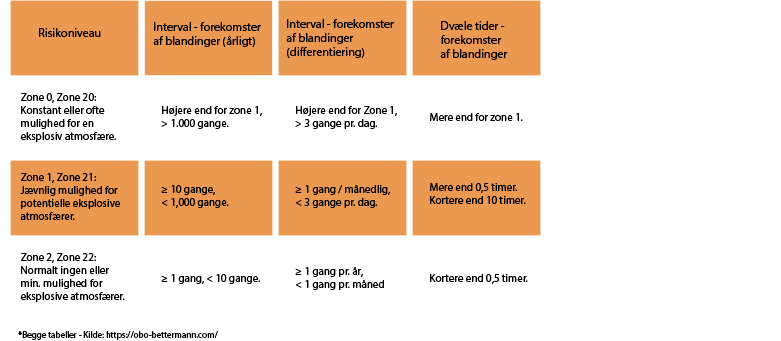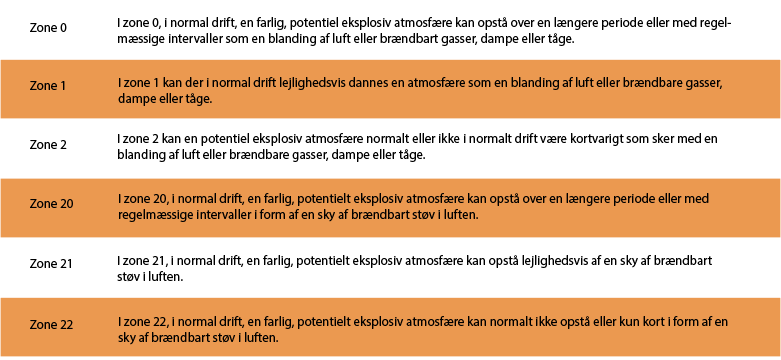Lighting for explosive areas
If you are choosing lighting for places where there is a possibility of explosions, there are some things you need to pay close attention to. This will increase safety. Are you in doubt? Read on here.
As we have written about in previous blog articles, LED lighting has many great advantages over traditional light sources, which EX areas can also use to their advantage. However, it is incredibly important that you choose them carefully, otherwise it can have fatal consequences. This can be especially relevant in offshore, oil, mining or other related industries. Worldwide, it is estimated that global sales of LED lighting for these industries will explode to $248.1 million in 2020. Below we provide an overview of the factors you need to consider.
What are the characteristics of EX areas?
What we call EX areas go by different names such as explosive areas or hazardous locations, which essentially have the same meaning. These are areas in which gases, fumes, mists or dust can form a potential explosion, which is categorized as an increased level of danger. Lighting can be part of this process due to the strong heating that light can trigger through sparks and other voltages. This can cause damage to electrical devices, systems or other technology, which in a worst-case scenario can lead to an explosion.
Are the products EX or ATEX approved?
Lighting products designed to be installed in explosive areas must meet specific requirements, which may vary from region to region.
ATEX certification - stands for ATmosphére EXplosibles which is your assurance that the product meets the standard for lighting in hazardous locations. ATEX is mandatory in Europe.
IECEx certification - stands for International Electrotechnical Commission Explosive. The certification itself is very similar to ATEX, the big difference is that IECEx is accepted in countries outside the EU.
Zone classifications and risk levels in EX areas
Potential explosive areas are divided into 6 zones based on the duration and frequency of when an explosion may occur.


What can we offer?
At Lumega, we can help design lighting for offshore and other areas where ATEX luminaires are required. We have distribution from two of the most recognized manufacturers of ATEX lighting in the world. This ensures that we have repeatedly delivered lighting to such areas without remarks.

